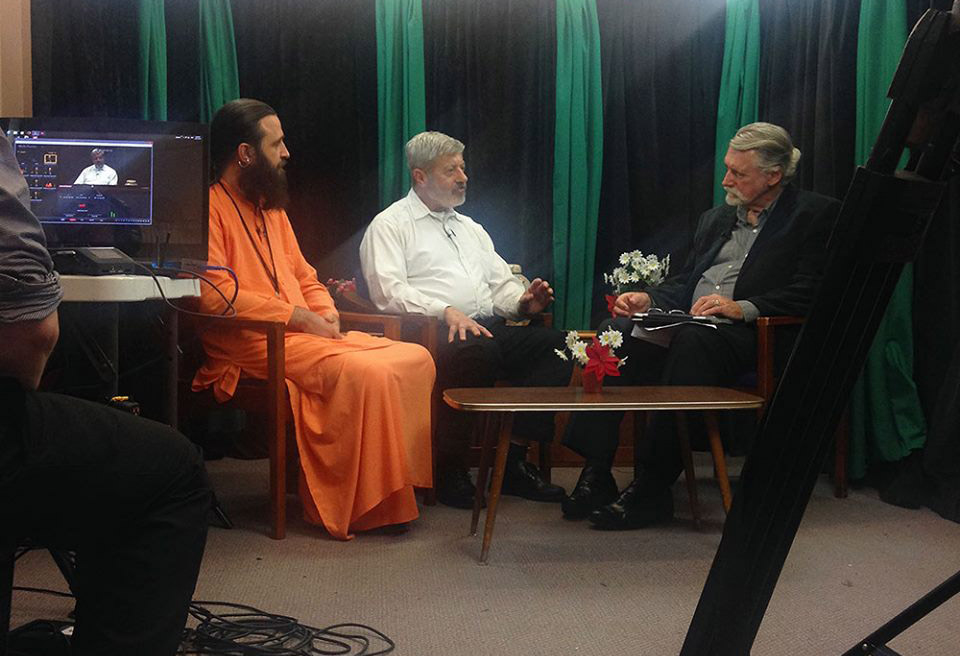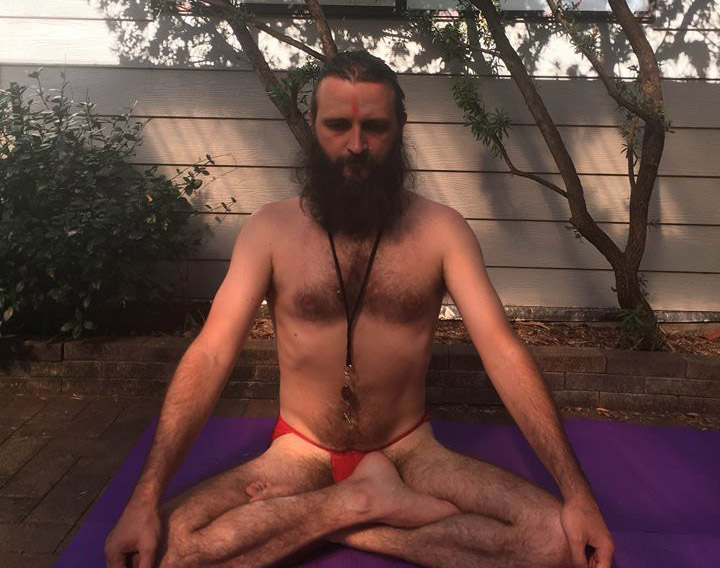This part is an appendix to the Gorakhbani, a text published by the Gorakshanath Mandir, Gorakhpur. The mudras, especially the five of them in the head area, are described in many Nathā texts, their practices are interpreted there in different ways. The ideal option is when the Guru in a live presentation transfers them to his disciple. For example, khecarī here is associated with taste, someone understands this as control of taste, but others understand taste as Śakti and lack of taste as Śiva, their union is khecarī-mudrā. The same applies to other mudrās, because they all require oral transmission, where the Guru (who is, of course, an experienced practitioner and has achieved high success in the practice of “siddhi“) can convey the essence to a worthy student.
अष्ट मुद्रा स्वामीजी अष्ट मुद्रा बोलिए घट भीतरी, ते कौंण कौंण ।
Tell me, Swamiji, what are the eight mudrās inside the body?
अवधू यंद्री मध्ये मूलनी मुद्रा, काम त्रिष्णा ले उतपनी काम । काम त्रिष्णा समो कृतवा, मुद्रा तो भई मूलनी ।।
O avadhu, in the middle of the perineum is the mulanī-mudrā associated with sex (kāma) and greed (tṛṣṇā). The control of kāma and tṛṣṇā is mūlanī-mudrā.
नाभी मधे जलश्री मुद्रा, काल क्रोध ले उतपनी । काल क्रोध समो कृतवा, मुद्रा तौ भई जलश्री॥
There is jalśrī-mudrā in the umbilical centre, time and anger rise there (Kālabhairava or Kālāgnirudra symbol). The control of time and anger is jalśrī-mudrā.
हुदा मधे षिरनी मुद्रा, ग्यांन दीप ले उतपनी। ग्यांन दीप समो कृतवा, मुद्रा तो भई पोरनी॥
There is ṣirnī (or kṣīriṇī) in the centre of the heart, there is the perception of the rising light of wisdom. When one’s knowledge shines there, then this wisdom is realised.
मुष मध्ये षेचरी मुद्रा, स्वाद विस्वाद ले उतपनी। स्वाद विस्वाद समोकृतवा, मुद्रा तो भई षेचरी ।।
In the centre of the mouth is khecarī-mudrā, the manifestation of taste and its absence is perceived there. If there is harmony there between taste and absence (also between pleasant and unpleasant taste), it is khecarī-mudrā.
नासिका मध्ये भूचरी मुद्रा, गंध विगंध ले उतपनी। गन्ध विगन्ध समो कृतवा, मुद्रा तौ भई भूचरी ।।
In the centre of the nose is bhūcarī-mudrā, there we get odour or lack thereof (also pleasant and unpleasant smells). If there is odour control or lack thereof (also pleasant and unpleasant smells), it is bhūcarī-mudrā.
चषि मध्ये चाचरी मुद्रा, दिष्टि विदिष्टि ले उतपनी । दिष्टि विदिष्ट समो कृतवा, मुद्रा तौ भई चाचरी।।
At the centre of the eye is cācārī-mudrā, the perception of what is visible and invisible rises there. If there is harmony and control of the visible and invisible, that is cācārī-mudrā.
करण मध्ये अगोचरी मुद्रा, सबद कुसवद ले उतपनी। सवद कुसबद समो कृतवा, मुद्रा तौ भई अगोचरी।।
There is agocarī-mudrā in the centre of the ears, pleasant and unpleasant speech is manifested there. If there is evenness with regard to pleasant and unpleasant speech, it is agocarī-mudrā.
ब्रहमंड असथांनि उनमनी मुद्रा, परम जोति लै उतपनी। परम जोति समो कुतचा, मुद्रा तो भई उनमनी ।।
In the universe there is unmanī-mudrā (the symbol of the unfolding mind), the Supreme light is manifested there. If this supreme light (consciousness) is evenly distributed everywhere, then it is unmanī-mudrā.
यती अष्ट मुद्रा का जाणै भेव । सौ आपै करता भेवे ।। इती अष्ट मुद्रा कर्थत श्री गोरषनाथ जती संपूर्ण समापत सिवाय ।
One who knows these various mudrās has a higher nature. Thus ends the complete explanation of the eight mudrās by Gorakṣanāth.








